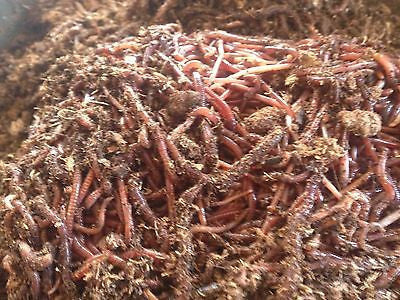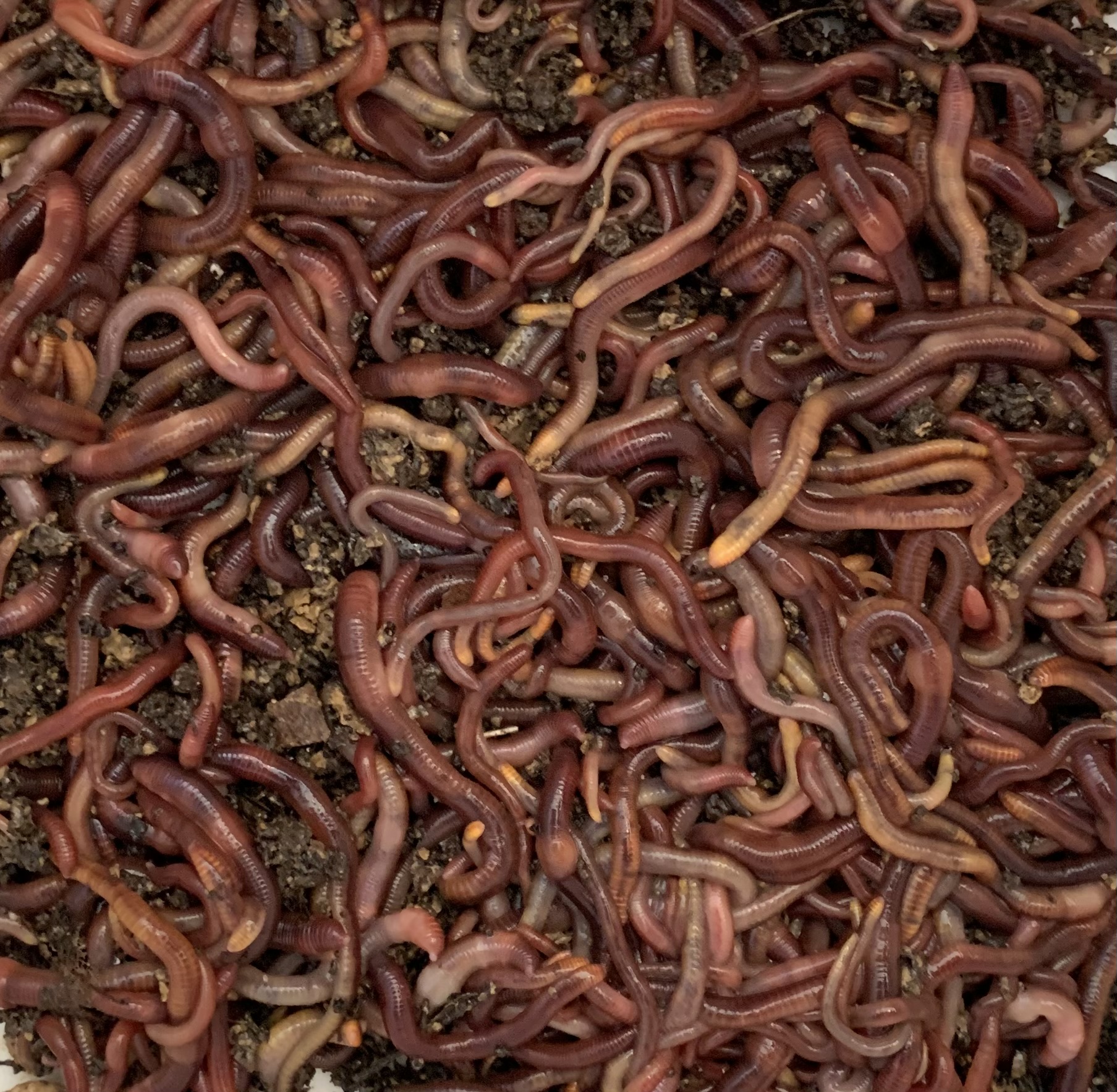See This Report about Red Wiggler Express
See This Report about Red Wiggler Express
Blog Article
How Red Wiggler Express can Save You Time, Stress, and Money.
Table of ContentsRed Wiggler Express - QuestionsSome Known Facts About Red Wiggler Express.The Ultimate Guide To Red Wiggler ExpressSome Ideas on Red Wiggler Express You Need To KnowAll about Red Wiggler ExpressThe Definitive Guide to Red Wiggler Express
Red wigglers and garden compost worms' favored foods are most fruits - they especially like bananas, strawberries, raspberries, blueberries, peaches, and melons! Yes - however we advise feeding potato peels to worms in moderation (Where To Buy Worms). Potato peels are starchy and do not break down easily so they can take a while for the red wigglers to break down and consumeWe feed our worms at Brothers Worm Farm twice a week, and a lot of us do the exact same with our worm containers in your home. Red wigglers have a tendency to eat more when temperatures are modest (60-80 levels), so you might discover a requirement to feed them more during these periods. If you are leaving for getaway or a journey and are fretted about your worms, there are a couple of things you can do to ensure their survival.
Just comply with these steps and your wiggly pals ought to be fine while you're gone: Mix in fresh bed linen to the bin. Bedding can be the original sort of bedding you used or a number of handfuls of shredded cardboard. Give the surface of the bedding a heavy misting so the bed linens does not dry out.
Red Wiggler Express Can Be Fun For Anyone
Area a piece of cardboard over the surface of the container (this will certainly assist it retain dampness). If you are leaving for more than 2 weeks, we advise having a pal or member of the family feed and water the worms every 1.5 weeks while you are gone. You can leave food for the worms in the fridge and a little spray container for watering.
Thanks for reading and pleased farming!.
Red worms are nature's supreme composting worm and a great pick for worm ranches. They're typically called red wigglers, tiger worms, manure worms, composting worms, and the trout worms.
Not known Facts About Red Wiggler Express


Red worms have numerous residential or commercial properties which make them perfect for the garden compost container. Of all the worms appropriate for worm farming the red worm is one of the most versatile and passionate. Red wigglers can endure a vast array of environmental problems and modifications that would eliminate most other types. Unlike typical earthworms that borrow deep right into the soil red worms prosper in the very first a number of inches of topsoil directly underneath breaking down vegetative natural matter.
Rotting fallen leaves, lawns, timber, and animal manure are all faves of red worms. The red worm's starved appetite makes it the champ of the compost container and a virtual worm casting (a.k.a. worm poop) makers. Red worms are fairly tiny, typically obtaining no larger than 5 inches. But don't ignore them.
A 24" x 24" worm bin can easily house over 1000 red worms. For those interested in elevating bait worms it's good to bear in mind that jampacked red worms will stay rather slim and short.
Little Known Facts About Red Wiggler Express.
An additional advantage of red worms is their capability with stand a broad range of temperature extremes. When the temperature level dips red worms need to be safeguarded from freezing weather.
; when temperature levels increase keep your worm ranch cool. If your bed linen obtains over 85 degrees red worms will certainly attempt to leave your bins for cooler locations.
Like all worms red worms breathe oxygen via their skin. A wet atmosphere additionally helps with the breakdown of organic issue in their bedding product by microbial life types.
A worm farm loaded with red wigglers is an excellent means to compost food scraps, left overs, yard waste, and leaves. Feeding redworms is quite simple, yet there are some basic however vital things to bear in mind in order to maintain you worm farm healthy and balanced. In this area we will cover what you should and ought to not be feeding your worms.
The Ultimate Guide To Red Wiggler Express

Before dropping off all the required reproductive products are scooped up into the ring. When the mucus ring goes down off the worm completion seals up, causing it to taper at one end, triggering the acquainted lemon form of the cocoon. Over the next 20 days the cocoon darkens and solidifies.
Like all worms red worms breathe oxygen through their skin. A moist atmosphere likewise helps with the breakdown of organic matter in their bedding material by microbial life forms.
A worm farm full of red wigglers is a superb way to compost food scraps, left overs, yard waste, and leaves. Feeding redworms is pretty very easy, yet there are some fundamental however essential points to keep in mind in order to maintain you worm ranch healthy. In this area we will certainly cover what you should and need to not be feeding your worms.
Red Wiggler Express Things To Know Before You Get This
During mating worms slide along each other up until their clitellum are aligned. They hold on to every other with bristle like hairs, called setae, located on their bottom. While embraced they trade reproductive critical liquids which is kept for later use. During the mating session, which lasts for concerning 3 hours, the worms secrete mucus rings around themselves.

Report this page